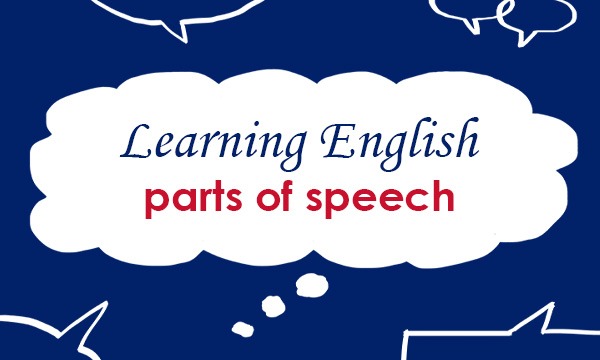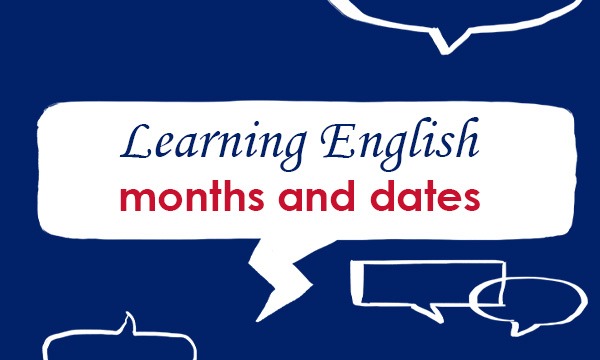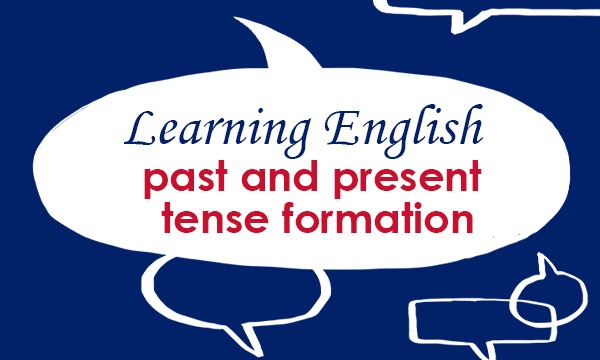
Using bullet points in a non-fiction text is a clear way to organize information you wish to present. The types of text that are suitable for bullet points are lists, notes, instructions, and information texts.
To use bullet points correctly, there needs to be a piece of introductory text, ending in a colon. The information to be shown in the bullet points is each set on a separate line. Capital letters and full stops are not required unless the bullet points themselves are full sentences.
The capital cities in the United Kingdom are:
- London
- Belfast
- Cardiff
- Edinburgh
Things I need to do before I go on holiday:
- pack case
- find passport
- phone mum
Potential interview questions:
- What can you tell us about yourself?
- Why do you want this job?
- How are your skills relevant to this position?
For further information on English Grammar, visit: https://grammar.collinsdictionary.com/easy-learning
Come back for other blogs on using English in everyday situations:
https://blog.collinsdictionary.com/language-learners/learning-english
All opinions expressed on this blog are those of the individual writers, and do not necessarily reflect the opinions or policies of Collins, or its parent company, HarperCollins.



